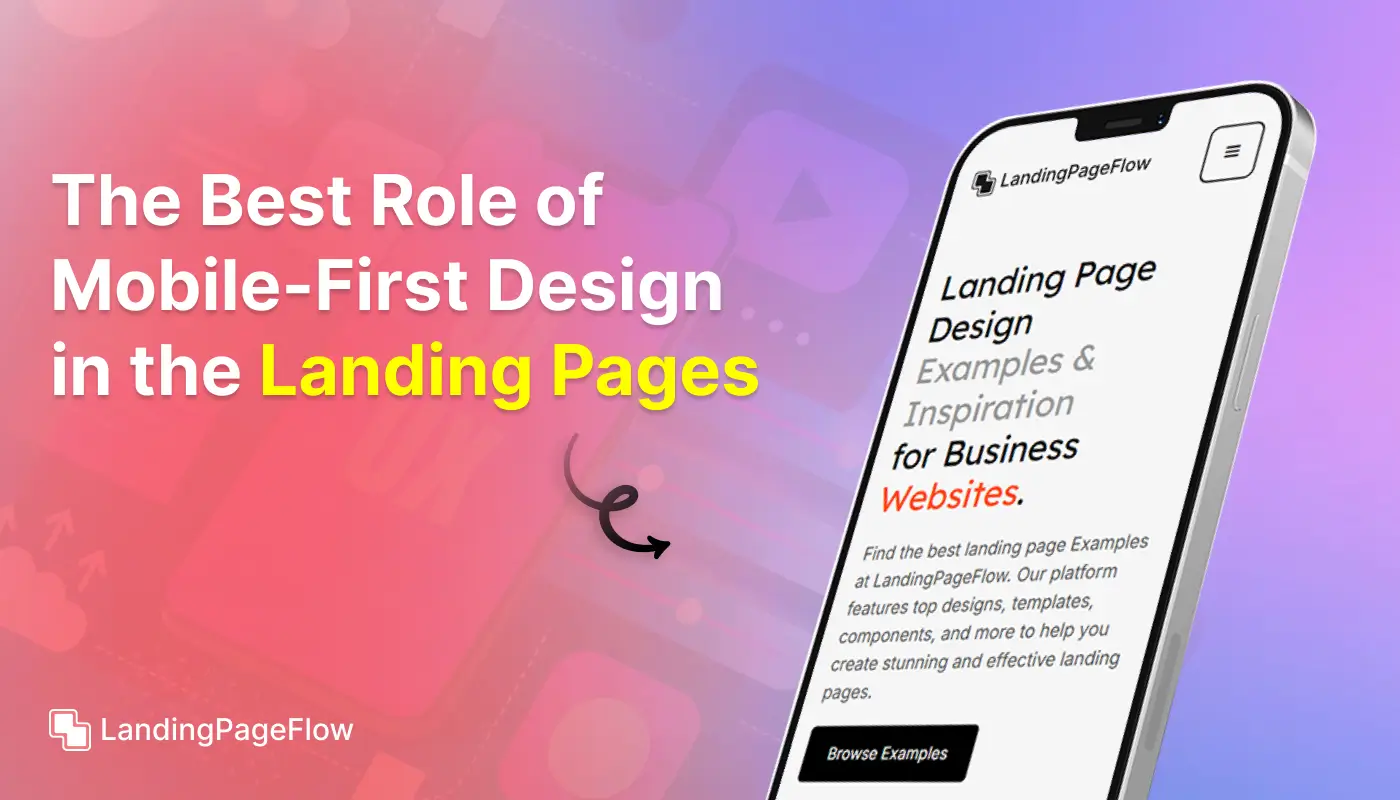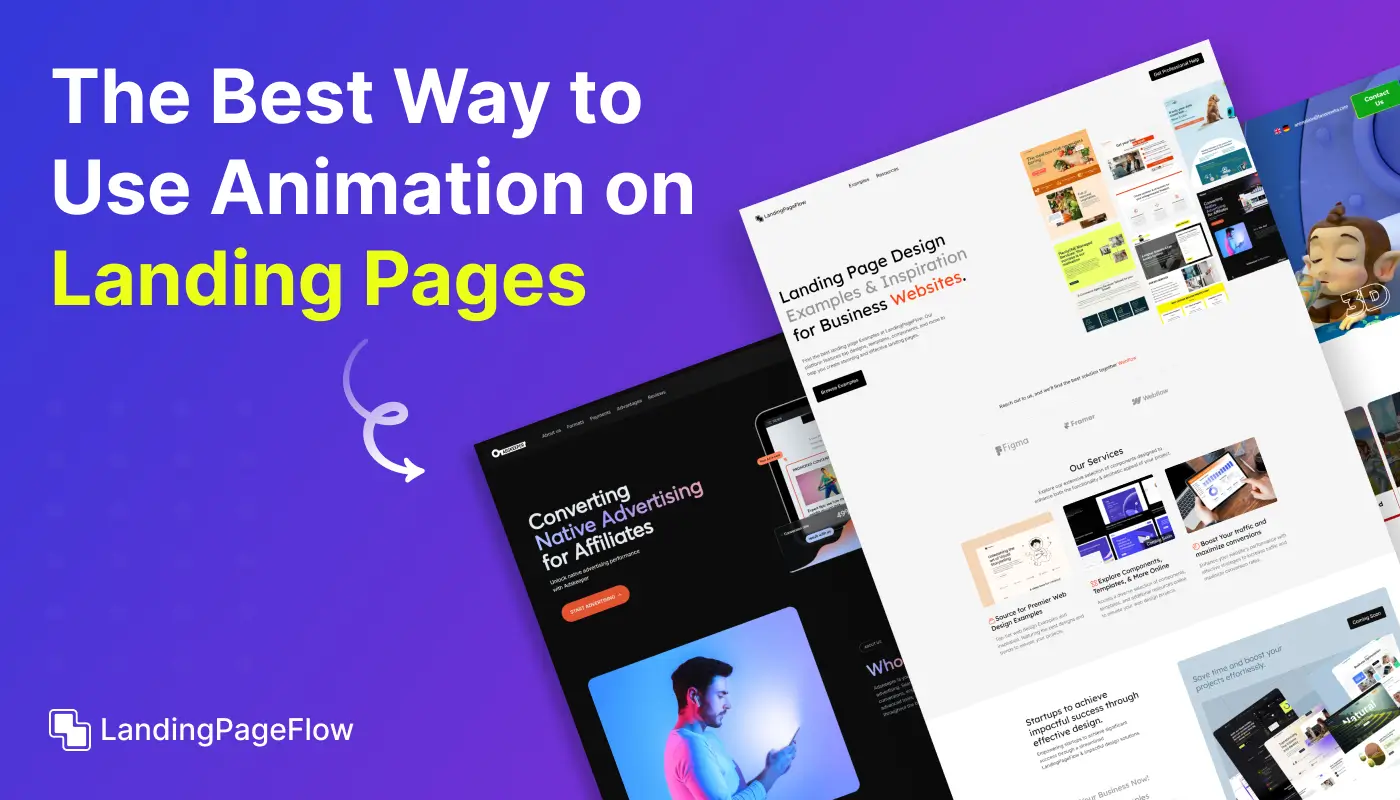How to Create a High-Converting Affiliate Marketing Landing Page
.webp)
November 14, 2025
Creating an affiliate marketing landing page that actually converts requires more than just a simple layout. Strong headlines, persuasive copy, and engaging visuals work together to capture attention quickly.
Every visitor should know within seconds what value you’re offering and why they should act now.
The right structure guides users seamlessly toward the action you want them to take. Smart placement of CTAs, trust signals, and compelling testimonials can make all the difference.
Instead of overloading your page, keep the design clean while highlighting your key offer. Mobile responsiveness also plays a crucial role in boosting conversions since most affiliate clicks now happen on smartphones.
Continuous testing, tweaking, and refining will ensure your page keeps improving over time. A well-designed affiliate landing page can be the bridge between casual visitors and profitable, long-term customers.
"Wondering what makes a landing page actually work?
Claim your free expert guide & increase affiliate earnings faster."
Table of Contents
- Introduction
- What Makes an Effective Affiliate Marketing Landing Page?
- Essential Elements of a High-Converting Affiliate Landing Page
- Clear, Compelling Headline
- Product Reviews and Testimonials
- Effective Call to Action (CTA)
- Engaging Content
- Trust Signals
- Best Practices For Designing Affiliate Landing Pages
- Optimize for Mobile
- Focus on User Experience
- Keep it Simple and Clean
- A/B Testing
- How to Drive Traffic to Your Affiliate Landing Page?
1. Introduction
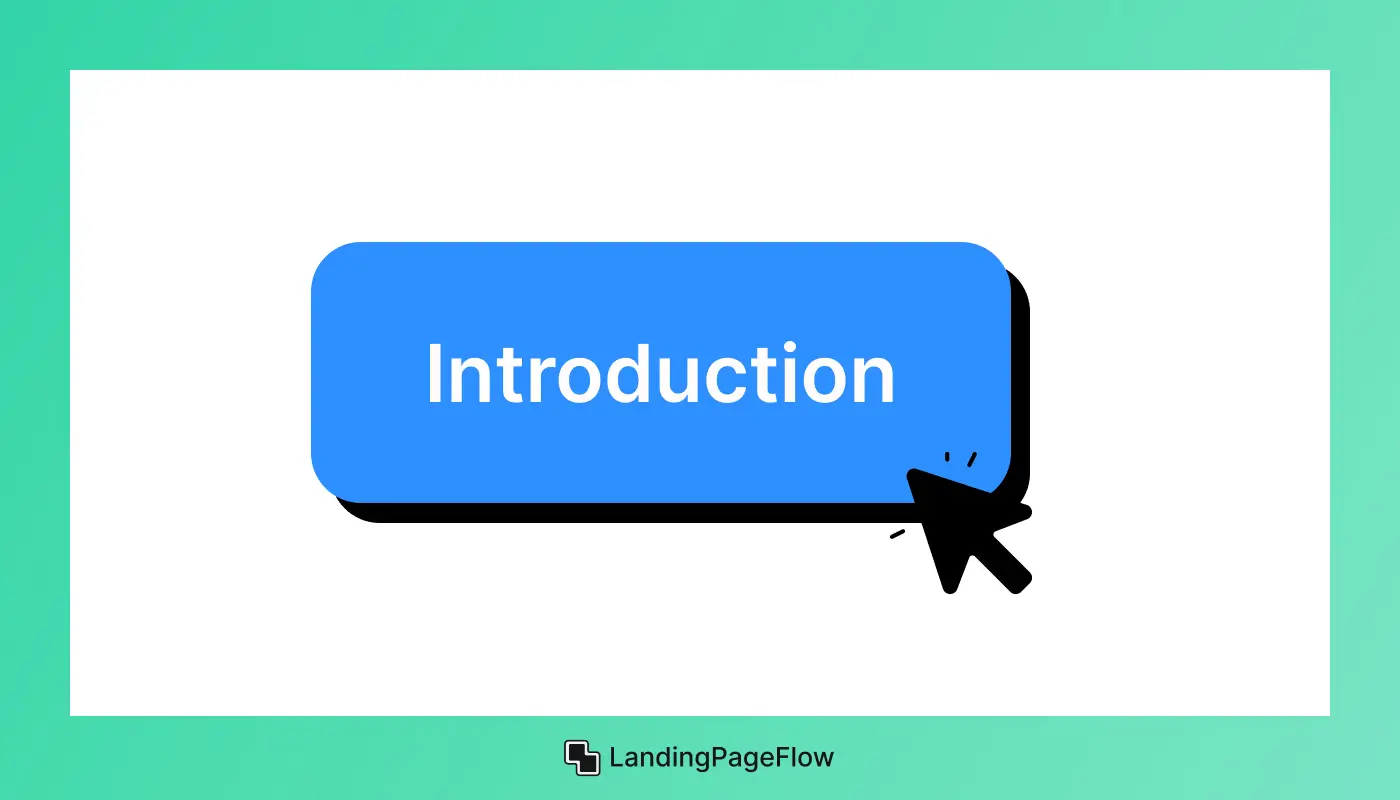
Affiliate marketing involves promoting products or services from other companies and earning a commission when someone purchases through your unique affiliate link.
While affiliate marketing can be highly profitable, the key to success lies in your ability to design an effective landing page that drives conversions.
An affiliate marketing landing page acts as a bridge between your content and the product you're promoting.
To make the most of your efforts, it's crucial to create a page that is both appealing to your target audience and optimized for conversions.
In this guide, we’ll walk through the crucial steps to creating a landing page that persuades visitors to take action.
2. What Makes an Effective Affiliate Marketing Landing Page?
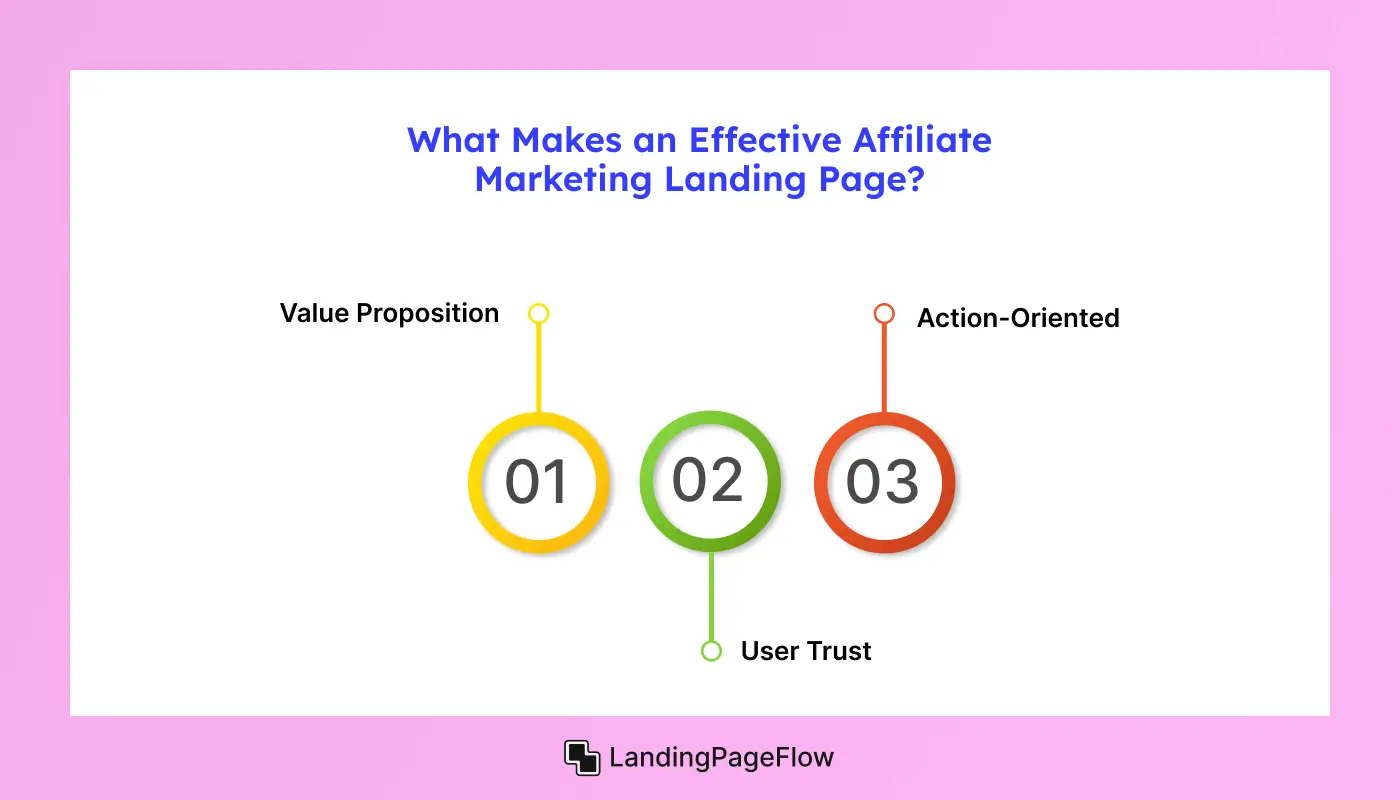
An effective affiliate marketing landing page should do more than just showcase a product; it needs to engage visitors and encourage them to take immediate action, such as making a purchase or signing up.
To achieve this, your landing page must be well-crafted, focusing on these key areas:
- Value Proposition: Communicate what’s in it for the visitor. Why should they care about the product or service you're promoting?
- User Trust: Establish credibility and trust with your visitors through reviews, testimonials, and trust signals.
- Action-Oriented: Guide users toward taking action—whether it’s making a purchase, signing up for a trial, or getting more information.
3. Essential Elements of a High-Converting Affiliate Landing Page
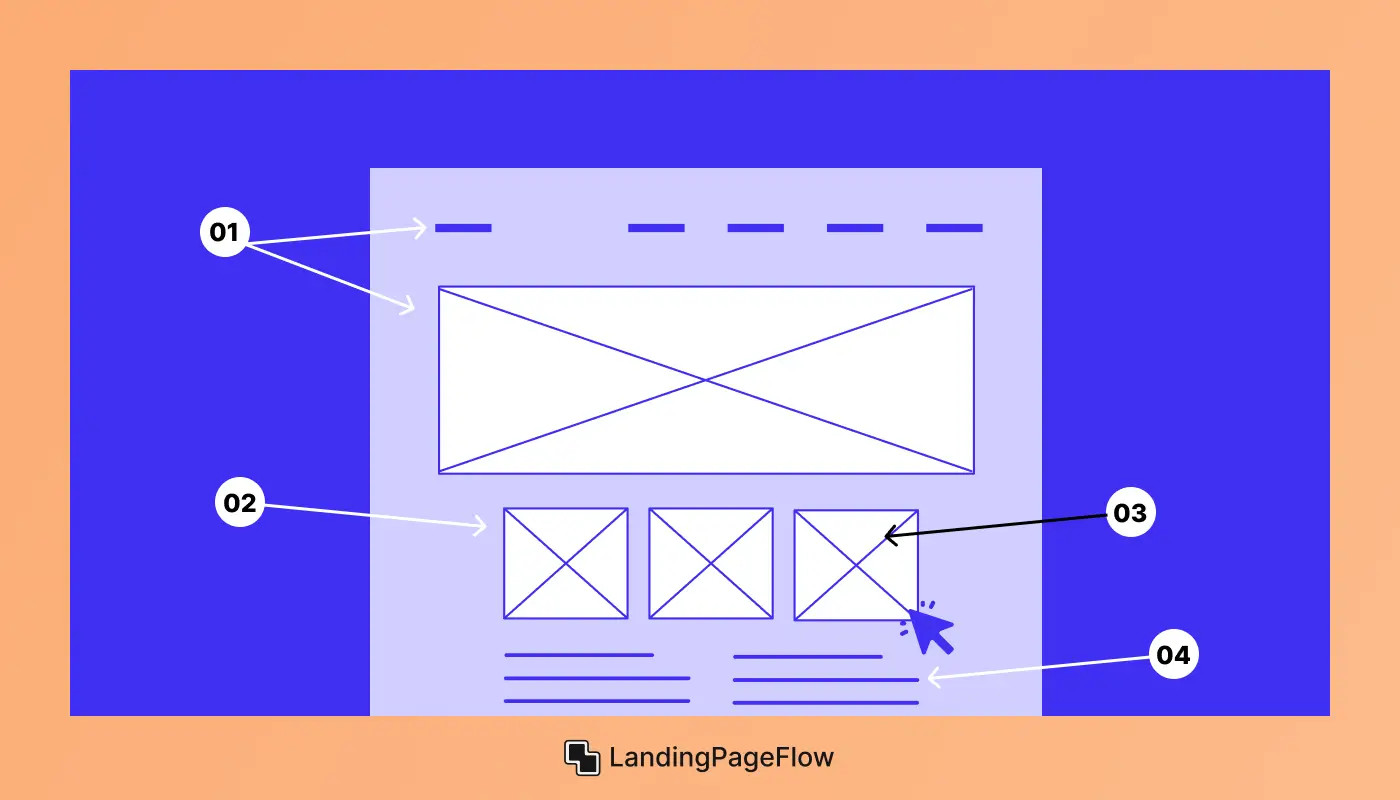
To maximize conversions, your affiliate landing page must have the following core elements:
Clear, Compelling Headline
The headline is the first thing your visitors will see, so it should grab their attention and clearly explain what they’ll gain. Your headline should:
- Be Direct: Focus on the product’s benefits or the problem it solves.
- Create Curiosity: Spark interest in the visitor, prompting them to read further.
- Use Action Words: Include verbs that encourage action, such as "Discover," "Unlock," "Boost," or "Transform."
For example, instead of simply stating "Best Fitness Tracker," try something more enticing like "Unlock Your Best Workout with the Top Fitness Tracker of 2024."
Product Reviews and Testimonials
Social proof is powerful. Including product reviews, ratings, or customer testimonials helps build credibility and trust. When potential customers see positive experiences from others, they are more likely to take action.
Here’s how to effectively use reviews:
- Be Specific: Highlight how the product has helped previous users or solved specific problems.
- Use Real Testimonials: If possible, include testimonials with names and photos to make them feel more authentic.
- Incorporate Star Ratings: Displaying star ratings or reviews from popular sites like Amazon or Trustpilot can further validate the product.
Effective Call to Action (CTA)
A strong, clear CTA is crucial for driving conversions. Your CTA should:
- Stand Out: Use contrasting colors to make your CTA button noticeable.
- Use Actionable Language: Phrases like "Get Started," "Buy Now," "a," or "Claim Your Discount" are action-oriented.
- Create Urgency: Encourage immediate action by using phrases like "Limited Offer," "While Supplies Last," or "Sign Up Today."
Your CTA should be repeated throughout the page, especially near the top, middle, and bottom.
Engaging Content
Content is key in affiliate marketing. To engage your visitors, your landing page should:
- Explain the Product: Provide a detailed overview of the product, its features, and its benefits.
- Solve a Problem: Focus on how the product solves a specific problem your target audience faces.
- Use Visuals: High-quality images or videos can demonstrate how the product works and make it more appealing. For example, showing a product in use or a video review can be very persuasive.
Trust Signals
In affiliate marketing, trust is everything. Incorporating trust signals into your landing page will help increase your credibility. Here are some ways to do this:
- Secure Payment Symbols: Show that your landing page is secure with SSL certificates or trusted payment icons (e.g., Visa, PayPal).
- Affiliate Disclaimers: Be transparent about your affiliate links. Include a simple disclaimer stating that you may earn a commission, which builds trust with your audience.
- Privacy Policies: Include a link to your privacy policy, reassuring visitors that their personal information will be handled securely.
4. Best Practices For Designing Affiliate Landing Pages
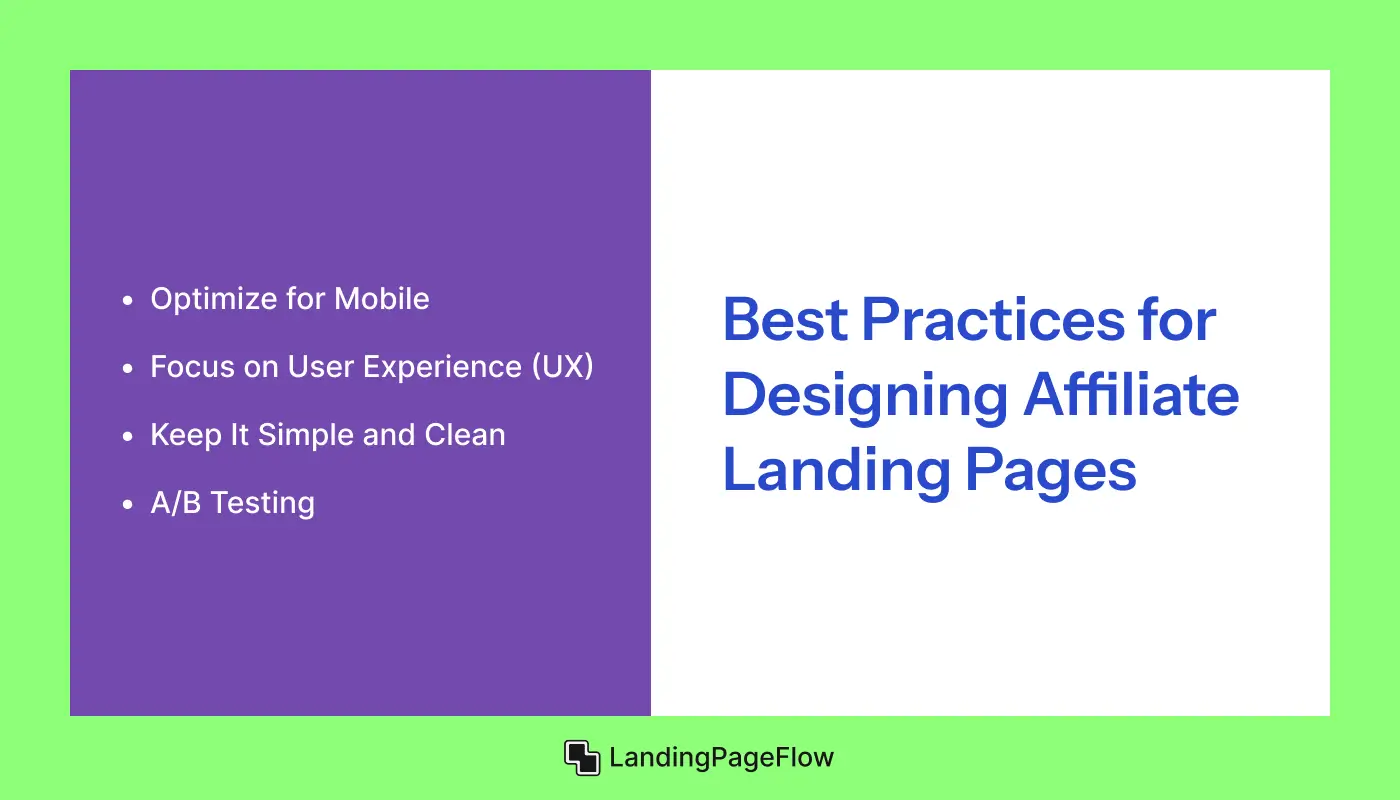
When designing your affiliate landing page, following these best practices will help ensure its success:
Optimize for Mobile
With increasing numbers of users accessing websites through smartphones, your landing page must be mobile-friendly. HubSpot found that 52% of all website traffic comes from mobile devices. Here’s how to optimize your page:
- Responsive Design: Make sure the design adjusts to any screen size, from desktops to smartphones.
- Easy Navigation: Buttons and links should be easy to click on mobile devices.
- Fast Loading: Speed is crucial—mobile users may leave if your page takes too long to load.
Focus on User Experience (UX)
A smooth, enjoyable experience for visitors is essential for higher conversions. Consider these elements for good UX:
- Simple Navigation: Limit the number of options on your page to avoid overwhelming visitors.
- Minimal Distractions: Keep the focus on your CTA by removing unnecessary elements like pop-ups or excessive text.
- Readable Fonts: Use clear, legible fonts that are easy to read on all devices.
Keep It Simple and Clean
A cluttered landing page can detract from your conversion goal. Keep things simple by:
- Using a Single CTA: Don’t overcomplicate things by offering multiple CTAs. Stick to one main action.
- Highlighting Key Information: Place the most important information near the top, where visitors can see it immediately.
- Using White Space: Give elements room to breathe. This will guide the user’s eye to important areas, like the CTA.
A/B Testing
Regularly test different versions of your landing page to see what works best. A/B testing allows you to experiment with:
- Headlines
- CTA buttons
- Product images
- Color schemes
- Testimonials
By testing variations and optimizing based on the results, you can continuously improve your page’s performance.
5. How to Drive Traffic to Your Affiliate Landing Page?
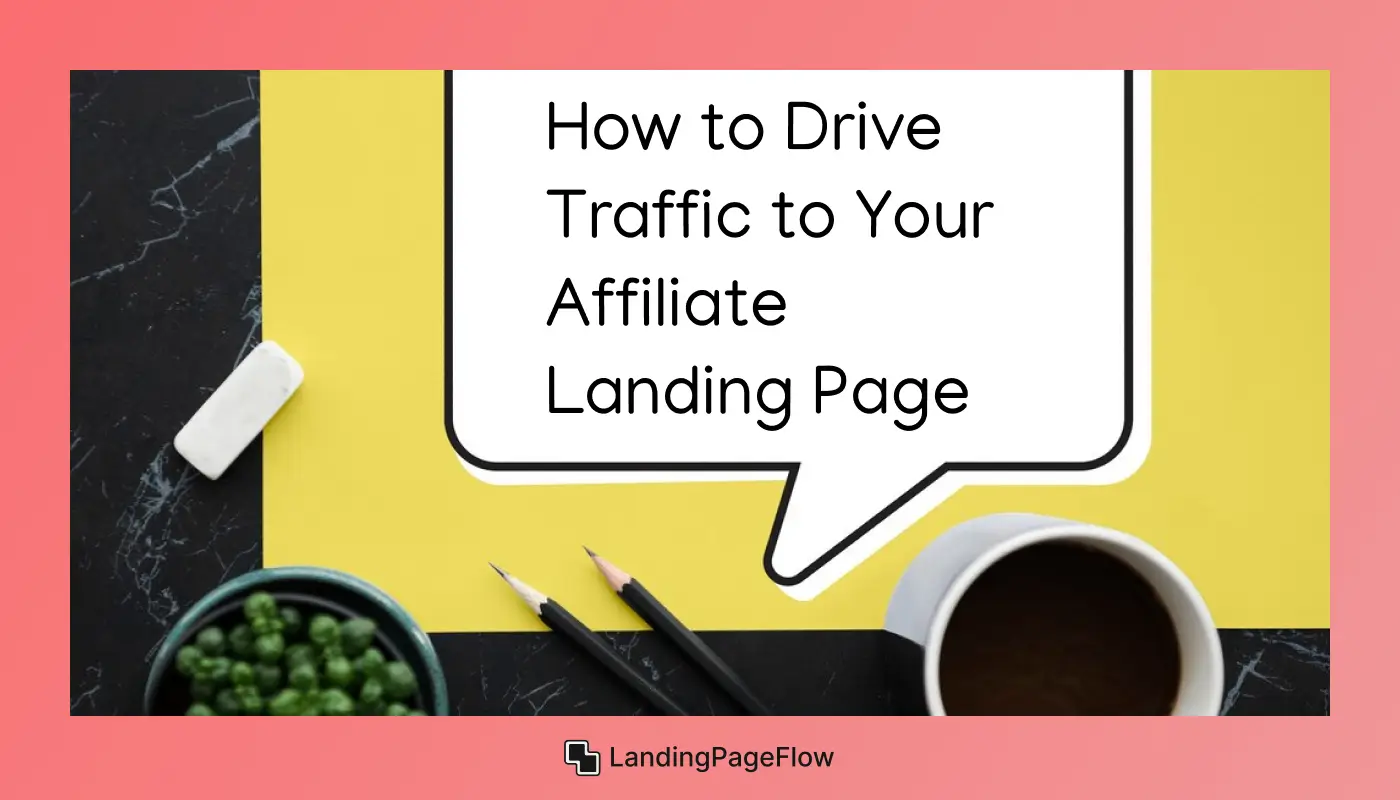
Driving traffic to your landing page is essential for generating conversions. Here are a few ways to increase traffic to your page:
- SEO: Optimize your landing page for search engines by including relevant keywords, meta descriptions, and high-quality content. Target long-tail keywords that attract your ideal audience.
- Social Media: Promote your landing page through your social media channels. Post about the product you're promoting, share your landing page link and engage with your audience.
- Paid Ads: Run targeted ads on Google, Facebook, or Instagram to drive traffic to your landing page.
- Email Marketing: If you have an email list, send a well-crafted message that includes a link to your landing page. Be sure to highlight the benefits of the product you’re promoting.
Conclusion
Strong affiliate marketing landing pages are built on clarity, trust, and well-placed conversion triggers. Simple tweaks like testing button colors or refining headlines often lead to significant conversion lifts.
High-performing affiliates know that small design details can dramatically affect results. Every landing page should be treated as a living asset, constantly adjusted to reflect audience behavior.
A clear message, authentic visuals, and persuasive calls-to-action will create momentum that turns clicks into commissions. If you focus on guiding your visitors rather than overwhelming them, success becomes much easier.
Affiliate marketing rewards those who invest in strategy and execution. Your landing page could be the difference between struggling sales and consistent growth.

FAQ
1. What is an affiliate marketing landing page?
An affiliate landing page is a dedicated page designed to promote a product or service, driving users to take specific actions like clicking an affiliate link or purchasing.
2. Why are landing pages important for affiliate marketing?
They focus on a single offer, reduce distractions, and increase the likelihood of conversions compared to sending traffic directly to a product page.
3. How do I improve conversions on my affiliate landing page?
Use persuasive headlines, strong visuals, trust-building elements, and A/B testing to optimize performance over time.
4. Should affiliate landing pages be mobile-friendly?
Yes, mobile responsiveness is essential since most affiliate traffic now comes from smartphones and tablets.
5. What kind of content works best on affiliate landing pages?
Clear value propositions, testimonials, comparisons, and persuasive calls-to-action often drive the highest engagement and conversions.
6. How often should I update my affiliate landing page?
Regular updates are important. Test elements like headlines, CTA buttons, and visuals every few weeks to keep improving results.
















